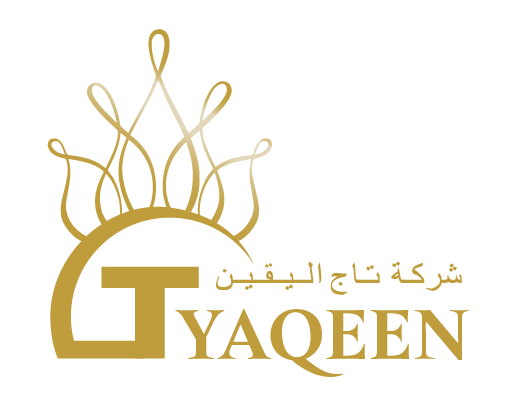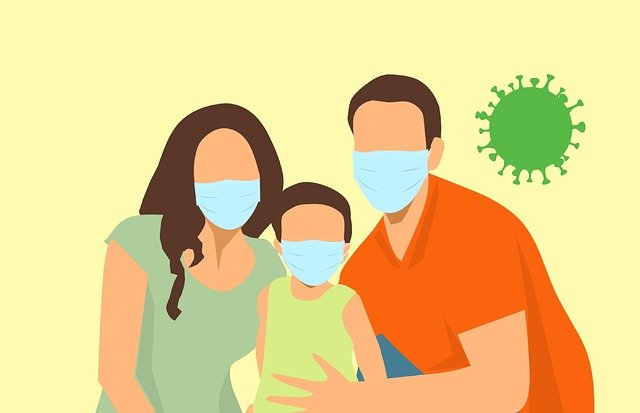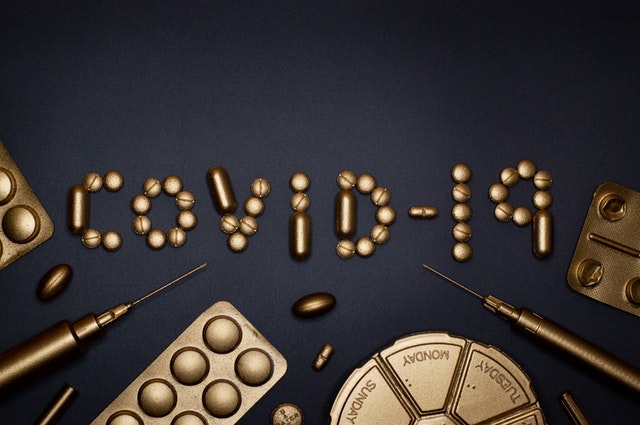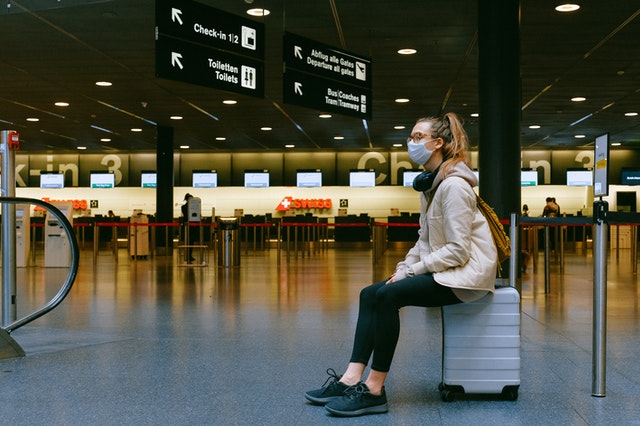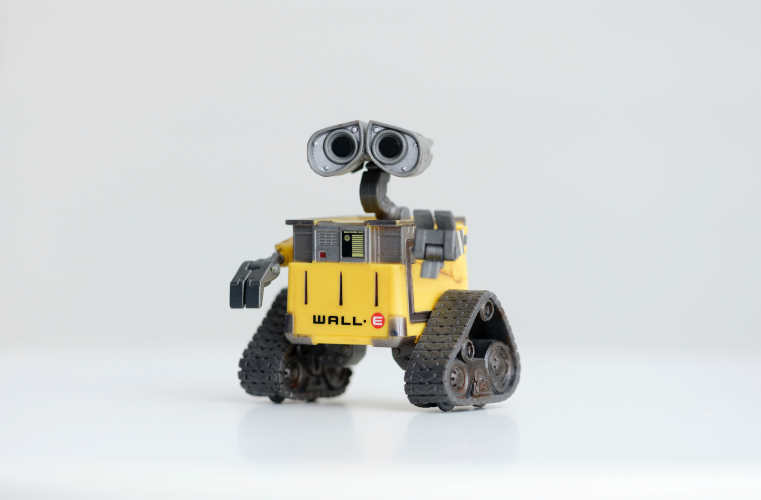Covid-19 pandemic and medical equipment shortage in developing countries

Robots replacing wheelchairs; A revolution or a dream?
July 18, 2019
Equipments protecting people against covid-19
May 24, 2020The more spreading corona virus continues; the more developing countries will face medical equipment shortage.
This is a fact and according to Telegraph report, ventilators are an essential tool in the treatment of respiratory illnesses, including severe cases of Covid-19, yet across 41 African countries there are fewer than 2000 apparatus serving hundreds of millions of people.
The New York times also published an article mentioning 10 African countries have no ventilators. That’s only part of the problem.
The gaps are so entrenched that many experts are worried about chronic shortages of much more basic supplies needed to slow the spread of the disease and treat the sick on the continent — things like masks, oxygen and, even more fundamentally, soap and water.
Nations without the influence or affluence to secure orders of protective equipment, diagnostics and medical devices find their response to this pandemic severely limited.
Weak health systems are quickly overwhelmed, leaving millions to choose between risking infection from coronavirus or foregoing treatment at clinics for other critical health conditions.
This dire situation brings with it an unprecedented opportunity to build local manufacturing capability across the developing world, empowering countries to ensure their populations get the equipment they need.
Joshua Setipa, the Managing Director of the United Nations Technology Bank for Least Developed Countries, has expressed in an essay published in The Telegraph, that Help developing countries to manufacture their own medical equipment to solve supply shortages.
‘This unprecedented crisis requires an equally exceptional response, one that unites sectors and empowers the world’s poorest countries to build their own capacity, making them stronger and more resilient now and in the future.’ Setipa said.
The road to recovery will be long and difficult. But we know that to get there, we must go together. By acting together now, we can address the systemic bottlenecks that are preventing the poorest and most marginalized communities from accessing lifesaving health technologies and equip them with the tools they need to build a brighter future.
